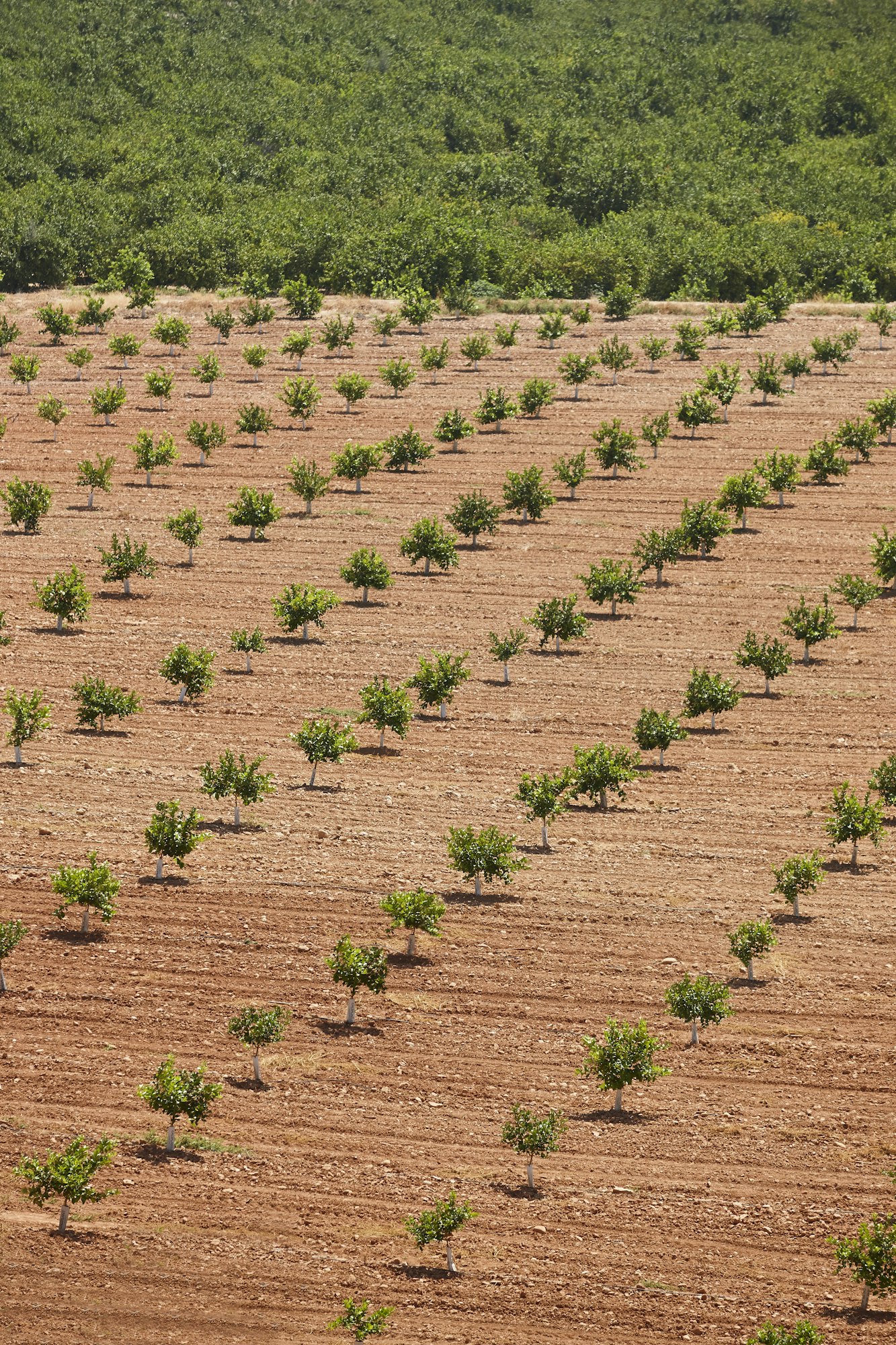What’s the Potential of Vertical Farming in UK’s Urban Landscapes?

In the bustling urban landscapes of the United Kingdom, a unique trend is taking root. Vertical farming, with its innovative and environmentally-friendly approach, is revealing its potential as a viable solution to food production challenges. The concept revolves around the practice of producing food in vertically stacked layers, such as in skyscrapers, used warehouses, or shipping containers. This approach creates a controlled environment that maximises the use of space and resources, providing an exciting alternative to traditional farming. The question arises – what indeed is the potential of vertical farming in the UK’s urban landscapes?
The Environmentally Friendly Appeal of Vertical Farming
Vertical farming stands as an exciting enterprise with numerous benefits. It’s an environmentally-friendly form of agriculture that saves water, energy and land. Vertical farms use up to 70% less water than traditional farming due to their closed-loop systems. These systems recycle water and nutrients to minimise waste. Plus, because vertical farms are indoors, they can utilise renewable energy sources to power their operations, reducing environmental impact.
Also to discover : Unlocking surprises: the allure of anime mystery boxes
Furthermore, vertical farming can significantly lessen the land required for food production. With the increasing urbanisation of the UK, finding an ample space for traditional farming is becoming an acute challenge. Vertical farming is a fitting solution, allowing farms to be integrated within urban landscapes, utilising buildings and structures that are otherwise underused.
The Potential for Localised, Year-Round Production
Vertical farming promises the possibility of localised, year-round produce, breaking the chains of seasonality and transport distances. Unlike traditional farming, which is bound by the seasons and weather patterns, vertical farms can control the environment in which plants grow. This control allows for year-round growth and a wider variety of produce, irrespective of the season.
Have you seen this : Exploring the fascinating allure of the democrat mystery box
In a vertical farm, you are not dependent on natural weather conditions. Therefore, you can grow crops in a controlled environment, ensuring consistent quality and yield, irrespective of external weather conditions. It makes the concept of urban agriculture more feasible, especially in cities where space and weather conditions may not be favourable for traditional farming.
Challenges and Solutions in Vertical Farming
Despite its potential, vertical farming also faces several challenges. These include high initial setup costs, energy consumption, and the need for technical skills. The cost of setting up a vertical farm can be high due to the need for specialised equipment and technologies. Similarly, maintaining the controlled environment required for plant growth can consume significant energy.
However, solutions are emerging. Various companies are developing affordable, energy-efficient technologies to support the growth of vertical farms. Plus, initiatives like crossref and scholar programmes are offering research and training to equip people with the necessary technical skills for urban farming. These initiatives are making vertical farming more accessible and sustainable.
The Role of Vertical Farming in the UK’s Food Security
In an age of increasing environmental concerns and growing population, vertical farming can play a significant role in the UK’s food security. By producing food locally in urban areas, vertical farms could alleviate the pressures on traditional farming and reduce the dependency on food imports.
Vertical farming systems can produce more food per square metre than traditional farms, making them a valuable addition to the UK’s food production capacity. Additionally, vertical farming’s ability to grow food year-round could ensure steady food supply, reducing the risk of seasonal shortages.
Although vertical farming alone may not solve the UK’s food security issues, it can contribute significantly to a diversified, resilient, and sustainable food system.
Conclusion
To sum up, vertical farming presents a promising solution for sustainable, localised food production in the UK’s urban landscapes. With its environmental benefits and potential for year-round production, this innovative form of farming could play a crucial role in the UK’s food security. Despite the challenges involved, the advancements in technology and supportive initiatives are paving the way for the growth of vertical farming in the UK.
As you ponder on the future of farming, one thing is clear: vertical farming holds immense potential. It may not replace traditional farming, but it can certainly complement it, contributing to a more sustainable and secure food system. So, the next time you walk through the urban landscapes of the UK, picture skyscrapers not just as office spaces, but as potential vertical farms that could feed the city.
The Intersection of Vertical Farming and Technology
Vertical farming is not only an agricultural revolution but also an embodiment of advanced technology. The successful operation of vertical farms hinges on the optimal use of technology to control the environment, facilitate plant growth, and maintain efficiency. This includes automated hydroponic systems, LED lighting, climate control systems, and even AI technology for monitoring plant growth.
For instance, hydroponic systems play a fundamental role in vertical farming. Instead of soil, plants are grown in a water-based, nutrient-rich solution that provides the necessary minerals for plant growth. This system reduces the need for large agricultural land areas, making it possible to farm within city buildings.
However, merely having a hydroponic system is not enough. Managing the complex interactions between light, temperature, carbon dioxide, nutrient solution, and growing media in vertical farms requires precise control, which is where technology steps in. Sophisticated sensors and control systems monitor and adjust the environment in real time, ensuring the optimal conditions for plant growth.
LED lighting is another crucial component of vertical farming. Instead of relying on sunlight, vertical farms utilise LED lights that can be customised to provide the optimal light spectrum for different plants at various growth stages. This is not only more efficient but also ensures consistent growth and year-round production.
Moreover, AI and machine learning are increasingly being integrated into vertical farming. Automated systems can monitor plant health, detect diseases early, and optimise growing conditions. This reduces manual labour and increases productivity.
Through platforms like Google Scholar, researchers are sharing advancements in vertical farming technology, fostering a global community working towards the future of food production. The convergence of vertical farming and technology is continuously evolving, making it an exciting field to watch.
The Impact of Vertical Farming on Urban Communities and Climate Change
Vertical farming is more than just a new way to grow food. It’s an innovative approach that could reshape urban landscapes and contribute to climate change mitigation. By bringing food production into urban areas, vertical farming can not only provide fresh, local produce but also help in creating greener, more sustainable cities.
In the urban vertical farming scenario, produce travels just a few floors instead of thousands of miles, significantly reducing the carbon footprint associated with food transport. Besides, the indoor farming approach eliminates the need for harmful pesticides, as the controlled environment prevents pest infestations.
Furthermore, vertical farms can contribute to the urban heat island effect reduction. Buildings that host vertical farms can benefit from the plants’ cooling effect, reducing the need for air conditioning. Also, they can act as carbon sinks, absorbing CO2 from the atmosphere.
From a community perspective, vertical farms can provide job opportunities and help cultivate an appreciation for urban agriculture. They can be community hubs, offering educational programs and tours to educate people about sustainable food production.
However, it’s important to note that while vertical farming can contribute to climate change mitigation, it’s not a silver bullet. It should be part of a broader strategy that includes renewable energy use, waste reduction, and sustainable practices across all sectors.
Conclusion
In conclusion, the potential of vertical farming in the UK’s urban landscapes is vast and multi-faceted. From providing a solution to the increasing demand for food and land to contributing to climate change mitigation and community development, vertical farming is more than an agricultural trend. It’s a synthesis of technology and agriculture that could redefine the future of food production.
However, the journey is not without challenges. High setup costs, energy requirements, and the need for technical skills can be barriers to entry. But, with the continuous advancement in technology and increasing support from initiatives and platforms like Google Scholar, these challenges can be overcome.
As we navigate the complexities of the 21st century, from rapid urbanisation to climate change, vertical farming emerges as a promising solution. It embodies the principles of sustainability, efficiency, and innovation, offering a glimpse into the future of food. In the urban landscapes of the UK, it seems the sky’s the limit for vertical farming.
